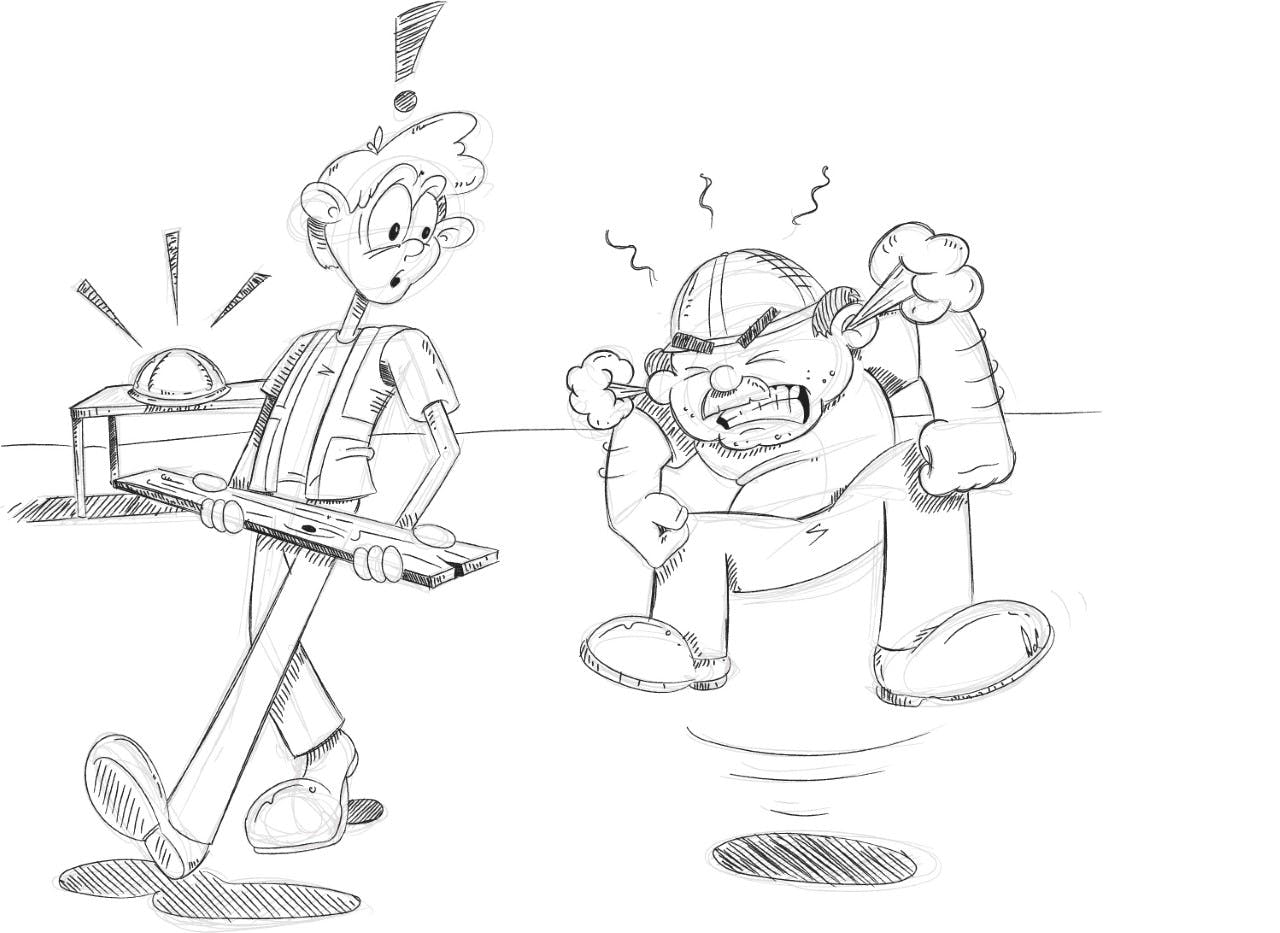Who is responsible when an employee violates a safety regulation? What is deemed as appropriate when enforcing the rules? How do I deal with a safety violation that resulted in injury? Let’s explore!
First, it’s important to understand the prevalent regulations and responsibilities surrounding workplace injury, safety, and safety violations.
OHS holds employers responsible to ensure the health, safety, and welfare of workers is constantly maintained at the workplace which includes sufficient training.
As an employee, you have the right to refuse dangerous work under the grounds that the task may involve health and safety hazards that are not properly controlled, or you are not properly trained for. OHS gives OHS officers the authority to issue fines against those who choose not to comply with health and safety orders.
Fines range between $100 to $500 per violation and are meant to be preventative measures and encourage compliance within the workplace.
Seems pretty clear, right? Where are the blurred lines then?

Severe safety violations and putting others in danger sounds like firm grounds to terminate a worker, correct? Not quite. Terminating an employee for safety violations can be risky, even if under solid grounds, due to the fact that it can be seen as a form of retaliation against an employee for reporting injury or filing for worker’s compensation. Additionally, continuously disciplining injured workers may discourage other injured workers from filing legitimate claim and in turn create a toxic safety culture in your workplace. Furthermore, termination decisions must go through a rigorous investigation beforehand because any minute detail that may have led the employee to being unsafe will give the terminated employee grounds to file for unlawful termination.
How about preventing injury or safety violations? Why don’t supervisors properly discipline workers on-site during the violation?
Several factors come into play when it comes to supervisor-employer dynamic and supervisor-worker dynamic. Supervisors may be worried that constantly reporting minor violations will inconvenience the employer whether that be reinvesting into training or slowing down work. Supervisors also may not be properly trained to know how to effectively discipline workers outside of fines. Most importantly, the attitude of most towards discipline is usually implementing it after a serious outcome occurs rather than in response to anyone simply breaking rules.
How am I supposed to deal with all of this in my workplace?
Establish a Solid Safety Culture
Here are some tips on how:
Your safety program should reflect the experience of your workers. Consider a health and safety program that is informed by your workforce rather than solely having management design and enforce it based on what they THINK your workforce needs.
Evolve and make changes as your workplace changes. Different sites, workforce, management, etc. create different needs. Do not allow your safety program to be deemed irrelevant and establish proactive practices to stay on top of evolving needs. For example, implement a behaviour-based safety observation program to identify common unsafe behaviours in order to continuously update your training with real-time data.
Your management should lead by example in order to enforce accountability. Ensure they uphold the same safety standards and are all on the same page when it comes to enforcement in order to avoid variations in safety experiences depending on who is in charge.
Establish effective communication about your priorities and objectives as an organization. According to safety consultant Rosa Antonia Carrillo, employees often assumed that it was more acceptable to take a safety shortcut than it was to miss a deadline. By effectively communicating to your workforce that their commitment to health and safety is your top priority, you are actively discouraging your workers from purposefully engaging in unsafe behaviors for any possible reason.
Create a positive and healthy environment where your workers can come forward with safety issues without fear of negativity or punishment.
Lastly, provide a clear, well-defined, and well-communicated disciplinary action policy so employees are aware where they stand in terms of performance and safety. Communicate policies in a way where your employees are required to understand and acknowledge these policies for both inference and documentation purposes.
Remember, a safe work environment increases productivity, not hinders it.
Workhub provides a complete health and safety compliance software that allows easy management of training, procedures, policies, inspections, and more, centralized in one easy-to-use hub.
Still have questions?
Let our knowledgeable sales team give you a full product tour and answer any specific questions you may have.
Workhub Internal